Keynotes

Alla Sheffer
University of British Columbia
Speaker bio:
Alla Sheffer received her PhD from the Hebrew University in 1999 and is currently a full professor at the University of British Columbia, Canada, where she investigates algorithms for shape modeling and analysis in the context of computer graphics applications. She is best known for her research on mesh parameterization, hexahedral meshing, computational garment design, and perception driven shape modeling. Dr. Sheffer is the recipient of the Canadian Human Computer Communications Society Achievement Award’18 and a UBC Killam Research Award’19. She is a fellow of the Royal Society of Canada, a fellow of IEEE, and a member of the SIGGRAPH Academy. Her research has been supported by faculty awards from IBM, Google and Adobe, a Killam Research Fellowship, and an Audi Production Award. Dr. Sheffer has served as an Associate Editor of all three major computer graphics journals (ACM Transactions on Graphics, IEEE Transactions on Visualization Computer Graphics, and Eurographics Computer Graphics Forum). She served as a program co-chair for Eurographics’18, Symposium on Geometry Processing’06, and Shape Modeling’13. She was a general co-chair for the Pacific Graphics’18 and Geometric Modeling and Processing’19 conferences. Dr. Sheffer had co-authored over 100 peer-reviewed publications, including 46 papers in ACM Transactions on Graphics, the topmost competitive CG venue; 20 of these were published in the last five years. She holds six recent patents on methods for sketch analysis and hexahedral mesh generation.
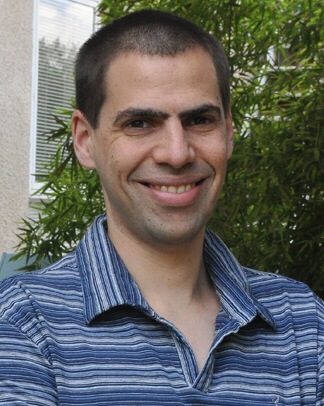
Dan Oron
Weizmann Institute of Science
Abstract:
Light is the source of life on Earth, and is used in numerous ways in the plant and animal kingdoms for a variety of applications, including photosynthesis, vision, camouflage, communication, thermal management and more. As such, evolution has led to the creation of intricate optical systems with highly controlled and regulated properties. The talk will present an overview of some of these unique optical systems, focusing on the ubiquitous guanine-based optical reflectors and on more recently discovered 3D structural color systems. In particular, correlated optical and structural characterization will be shown to unearth new information about the function of some of the more poorly understood biological light manipulation systems and to reveal clues about their evolution. Finally, the potential for previously unexplored bioinspired optics based on these findings will be discussed.
Speaker bio:
Dan Oron earned a B.Sc. in mathematics and physics from the Hebrew university in 1994. He earned his M.Sc. degree in physics (working on hydrodynamic instability) from Ben-Gurion University of the Negev in 1998 and received his Ph.D., also in physics, from the Weizmann Institute of Science in 2005, under the guidance of Prof. Yaron Silberberg. After conducting postgraduate research with Prof. Uri Banin at the Hebrew University for two years, he joined the staff of the Weizmann Institute in April 2007. He is currently a professor at the department of Molecular Chemistry and Materials Science at the Weizmann institute. His main research interests are at the interface between light and the nanoscale, studying both the interaction of light with nanostructured materials (mostly inorganic and hybrid semiconductor nanocrystals), optical superresolution methods harnessing both quantum and classical fluctuations in light emission and the optics of biological nanostructured materials.
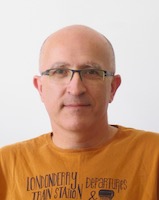
Dani Lischinski
The Hebrew University of Jerusalem
Speaker bio:
Dani Lischinski is a Professor at the School of Computer Science and Engineering at the Hebrew University of Jerusalem, Israel. He received his PhD from Cornell University in 1994, and was a post-doctoral research associate at the University of Washington until 1996. In 2002/3, he spent a sabbatical year at Pixar Animation Studios. In 2012 he received the Eurographics Outstanding Technical Contributions Award. In 2017, he served as the Technical Papers Chair for SIGGRAPH Asia 2017. His areas of interest span a wide variety of topics in the fields of computer graphics, image and video processing, and computer vision. Most of his recent work involves deep neural networks and their applications in graphics and vision.
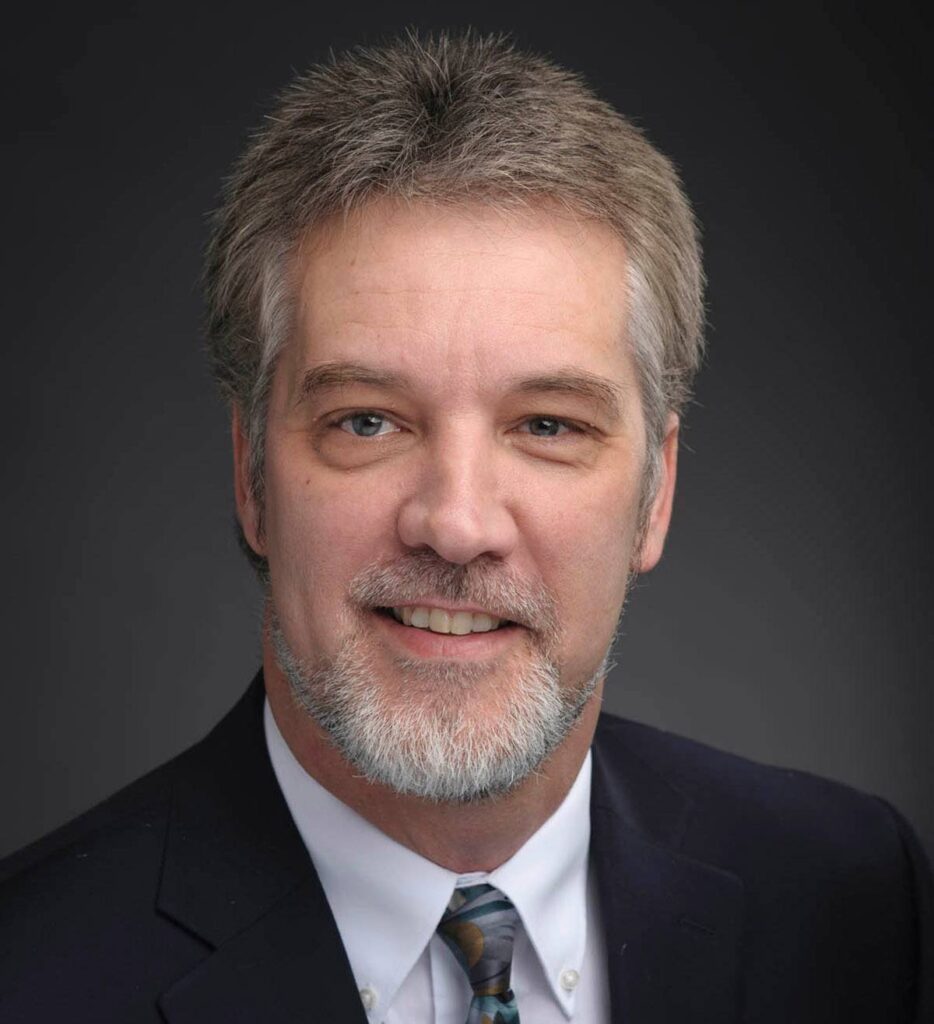
Joseph Shaw
Montana State University
Abstract:
The world around us is full of beautiful and sometimes mysterious optical phenomena. For example, we have all probably seen a rainbow, but what about a corona, a glory, or the Aurora Borealis? Scientific photographers also wonder when, where, and how to photograph these phenomena. This talk takes you on a photo-rich introduction to these natural optical phenomena, along with viewing and photographing tips. Topics to be discussed include twilight colors, polarized skylight, rainbows, coronas, halos, and the Aurora Borealis (“Northern Lights”).
Speaker bio:
Dr. Joseph Shaw is the Director of the Optical Technology Center and Distinguished Professor in the Norm Asbjornson College of Engineering at Montana State University in Bozeman, Montana, USA. Dr. Shaw develops optical remote sensing instruments for applications ranging from airborne laser detection of fish to polarization imaging for climate science. He also is a dedicated photographer and is the author of the 2017 book, Optics in the Air, which uses his photographs to show and explain beautiful optical phenomena that can be seen in nature. Recognition for Dr. Shaw’s contributions to optics research and education include the Presidential Early Career Award for Scientists and Engineers, the Vaisala Award from the World Meteorological Organization, and the G. G. Stokes Award for optical polarization from SPIE. Dr. Shaw is a Fellow of both the Optical Society of America (OSA) and the International Society for Optics and Photonics (SPIE).
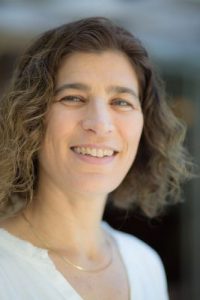
Lihi Zelnik
Technion & Alibaba DAMO Academy
Abstract:
Research in AI is booming! yet, it is still challenging to translate research in Computer Vision into practical working products that are used by millions of people. In this talk I will approach the challenge of productization through the lens of Photo Drive applications, which require solutions for some of the core problems in computer vision, such as image classification and search. To make our solutions practical, they must, for example, handle limited data and budgeted resources. I will share our proposed approach to solving these problems, employing a variety of methods, such as neural architecture search, advanced training techniques, and more.
Speaker bio:
Lihi Zelnik-Manor is an Associate Professor in the Faculty of Electrical Engineering at the Technion and the Head of Alibaba DAMO Academy Machine Intelligence Israel Lab. Prof. Zelnik-Manor holds a PhD and MSc (with honors) in Computer Science from the Weizmann Institute of Science and a BSc (summa cum laude) in Mechanical Engineering from the Technion. Her main area of expertise is Computer Vision. Prof Zelnik-Manor has done extensive community contribution, serving as Program Chair of CVPR’16, Associate Editor at TPAMI, served multiple times as Area Chair at CVPR, ECCV and was on the award committee of ACCV’18 and CVPR’19. Looking forward she will serve as General Chair of CVPR’21 and ECCV’22 and as Program Chair of ICCV’25.
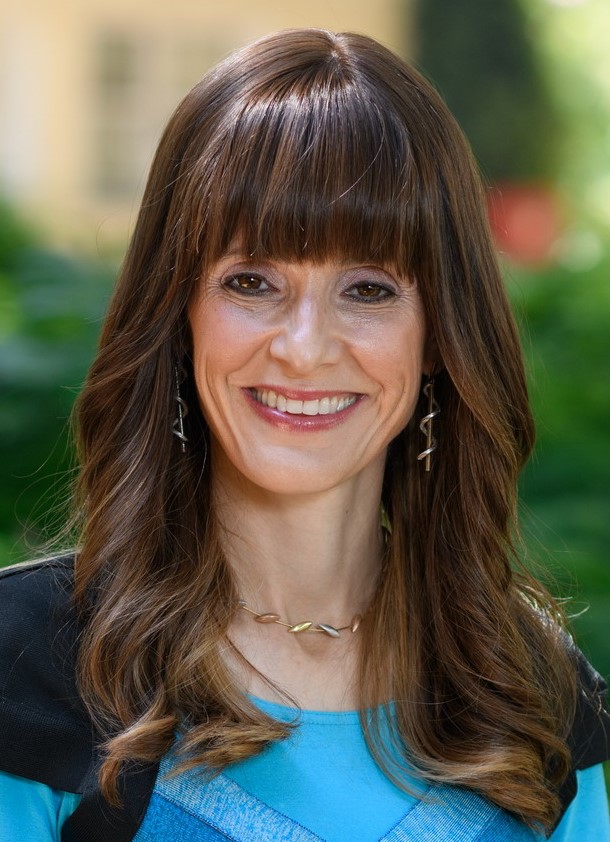
Yonina Eldar
Weizmann Institute of Science
Abstract:
The famous Shannon-Nyquist theorem has become a landmark in the development of digital signal and image processing. However, in many modern applications, the signal bandwidths have increased tremendously, while the acquisition capabilities have not scaled sufficiently fast. Consequently, conversion to digital has become a serious bottleneck. Furthermore, the resulting high rate digital data requires storage, communication and processing at very high rates which is computationally expensive and requires large amounts of power. In the context of medical imaging sampling at high rates often translates to high radiation dosages, increased scanning times, bulky medical devices, and limited resolution.
In this talk, we present a framework for sampling and processing a wide class of wideband analog signals at rates far below Nyquist by exploiting signal structure and the processing task and show several demos of real-time sub-Nyquist prototypes. We consider applications of these ideas to a variety of problems in imaging including fast and quantitative MRI, wireless ultrasound, fast Doppler imaging, and correlation based super-resolution in microscopy and ultrasound which combines high spatial resolution with short integration time. We then show how the ideas of exploiting the task, structure and model can be used to develop interpretable model-based deep learning methods that can adapt to existing structure and are trained from small amounts of data. These networks achieve a more favorable trade-off between increase in parameters and data and improvement in performance while remaining interpretable. We will consider examples of such model-based deep networks to image deblurring, image separation, super resolution in ultrasound and microscopy, and efficient diagnosis of COVID19 using X-ray and ultrasound.
Speaker bio:
Yonina Eldar is a Professor in the Department of Mathematics and Computer Science, Weizmann Institute of Science, Rehovot, Israel, where the heads the center for biomedical engineering. She was previously a Professor in the Department of Electrical Engineering at the Technion, where she held the Edwards Chair in Engineering. She is also a Visiting Professor at MIT, a Visiting Scientist at the Broad Institute, and an Adjunct Professor at Duke University and was a Visiting Professor at Stanford. She received the B.Sc. degree in physics and the B.Sc. degree in electrical engineering both from Tel-Aviv University (TAU), Tel-Aviv, Israel, in 1995 and 1996, respectively, and the Ph.D. degree in electrical engineering and computer science from the Massachusetts Institute of Technology (MIT), Cambridge, in 2002. She is a member of the Israel Academy of Sciences and Humanities, an IEEE Fellow and a EURASIP Fellow. She has received many awards for excellence in research and teaching, including the IEEE Signal Processing Society Technical Achievement Award (2013), the IEEE/AESS Fred Nathanson Memorial Radar Award (2014) and the IEEE Kiyo Tomiyasu Award (2016). She was a Horev Fellow of the Leaders in Science and Technology program at the Technion and an Alon Fellow. She received the Michael Bruno Memorial Award from the Rothschild Foundation, the Weizmann Prize for Exact Sciences, the Wolf Foundation Krill Prize for Excellence in Scientific Research, the Henry Taub Prize for Excellence in Research (twice), the Hershel Rich Innovation Award (three times), the Award for Women with Distinguished Contributions, the Andre and Bella Meyer Lectureship, the Career Development Chair at the Technion, the Muriel & David Jacknow Award for Excellence in Teaching, and the Technion’s Award for Excellence in Teaching (two times). She received several best paper awards and best demo awards together with her research students and colleagues, was selected as one of the 50 most influential women in Israel, and was a member of the Israel Committee for Higher Education. She is the Editor in Chief of Foundations and Trends in Signal Processing and a member of several IEEE Technical Committees and Award Committees.

